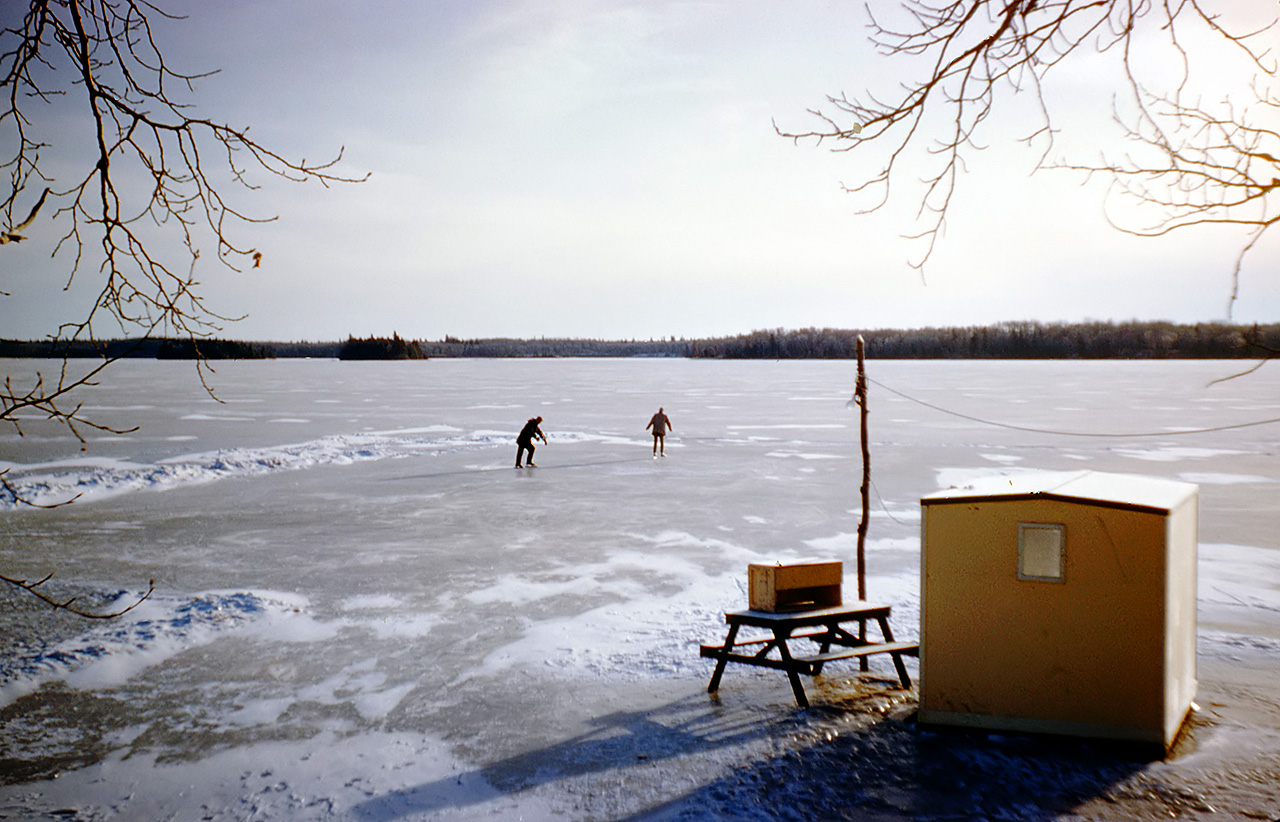This gallery contains photos that does not fit in any other category from the Canadian public domain photos series. There are some interesting images and subjects here. Enjoy.
Totem poles are monumental sculptures carved from large trees, mostly Western Red Cedar, by cultures of the indigenous peoples of the Pacific Northwest Coast of North America. Totem poles are typically carved from the trunks of Thuja plicata trees (popularly called “giant cedar” or “western red cedar”), which decay eventually in the rainforest environment of the Northwest Coast.
Thus, few examples of poles carved before 1900 exist. Noteworthy examples include those at the Royal British Columbia Museum in Victoria and the Museum of Anthropology at UBC in Vancouver, dating as far back as 1880. While 18th-century accounts of European explorers along the coast indicate that poles existed prior to 1800, they were smaller and fewer in number than in subsequent decades.
The meanings of the designs on totem poles are as varied as the cultures that make them. Totem poles may recount familiar legends, clan lineages, or notable events. Some poles celebrate cultural beliefs, but others are mostly artistic. Certain types of totem poles are part of mortuary structures, and incorporate grave boxes with carved supporting poles, or recessed backs for grave boxes. Poles illustrate stories that commemorate historic persons, represent shamanic powers, or provide objects of public ridicule.
Poles used for public ridicule are usually called “shame poles”, and were created to shame individuals or groups for unpaid debts. They are often placed in prominent locations. Shame poles are rarely discussed today, and their meanings have been forgotten in many places. They formed an important subset of poles carved throughout the 19th century.
